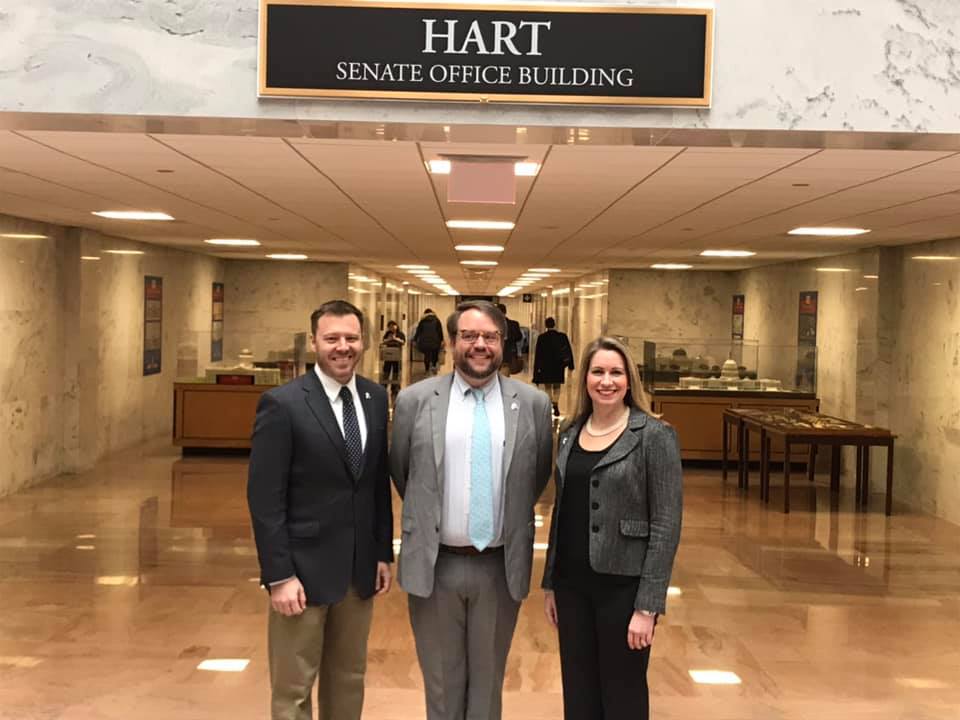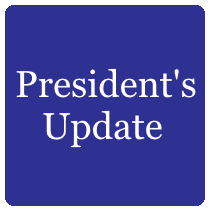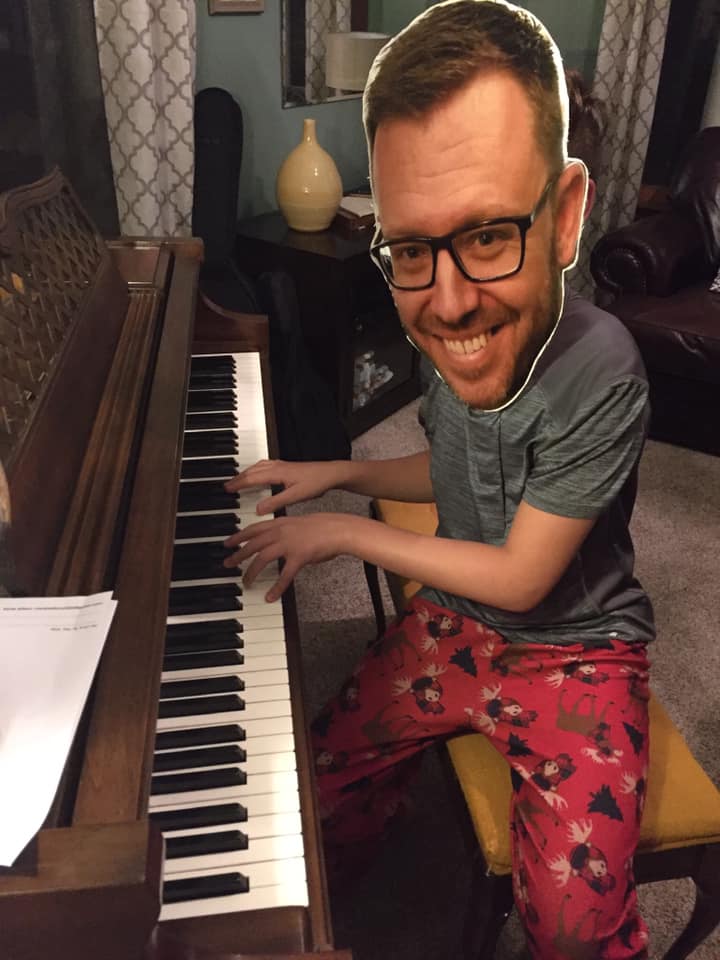A Look Inside the CPS Strike
Lindsay Muzzy, LCPC
Holden Elementary
Union strong is what we were, as CPS employees, over the course of eleven days. And while the strike was incredibly stressful and anxiety producing, it also gave me the unique chance to interact and get to know my colleagues that otherwise I rarely have a chance to interact with on a personal level. As a group, we spent time standing around the fire pit for warmth, singing union songs, joining with other nearby schools to picket and, near the end of the strike, working on a choreographed dance that showed off skills that don’t regularly get displayed at school.
As a counselor and a team of one, I am often pulled in so many directions and have little chance to socialize with other teachers at school. The camaraderie that I found among my colleagues who were all fighting for desperately needed resources, not just within our school, but for schools across the district bonded us and have made for a working environment of collaboration and communication. This was my 2nd strike with CPS; however, this one felt different. For the first time, the sticking points in negotiations were mainly around adding needed resources such as social workers, nurses, restorative justice coordinators and librarians alongside adding language to the contract for counselors and how their time should be utilized. For the first time, my profession felt truly validated and staff seemed to understand the work counselors do and the necessity for it. I heard repeatedly how important counselors were for the school climate and the district – we were finally given a voice among the teachers. My colleagues believe that counselors are essential to student success, which, while the strike was more than stressful, it gave me hope for the school counseling profession and the difference we can make within a school.
And while the strike was a time for hope for what our schools could become with the right resources, it was also a time of great strain, with two young (and energetic) Chicago Public School students of my own, I, like many, had to find child care for eleven days of the strike. While there were an abundance of places offering day camps for CPS students, the price tags were steep and, without a full paycheck in sight, were difficult to pay for. In preparation of the strike, I planned for my mom to come to town to cover a couple of the days; however, it briefly seemed like the contract would be settled so I sent her home – little did I know it would last another 8 days after her departure. There were days were the boys split time between their father and myself, other days we found CPS high schoolers willing to hang out with the boys for a few hours while I was on the lines. My kids felt the impact of the strike as I did as voiced through their consistent questioning of when they would return to school and why exactly were they getting this time off.
Eleven days on a picket line can be grueling. Never did I think that a day on the job would be less emotionally and physically draining than the strike was. As a person who functions best with structure and feeling as though I am making a difference it became a true challenge to continue to be optimistic and hopeful. I understood and believed in what we were fighting for across the district, even if it did not personally affect my own school, I knew there was a greater purpose to what we were doing in support of CPS students. I was lucky, as I believe most were, to have an amazing staff to be on the lines with day in and day out. It was incredible to see how many businesses and restaurants gave their support to CPS teachers and students through discounts and free days. And while most people in my life were supportive, I found that I had to distance myself from those who had been indoctrinated by the rhetoric of the news outlets and who believed that this was simply about money which, ironically, we took the same pay raise that was initially offered during the negotiations early on. What I found is that it’s difficult for people who have never worked in education, especially inner-city and low-income schools, to understand the lack of resources within our buildings and how we can see a direct impact on students we work with day in and day out.
After eleven years as a CPS high school counselor and my first year as a CPS elementary school counselor, I am now a team of one. Yes, I have a social worker – one day a week. Same goes for our nurse. I have to hope that, if a student gets sick, it is on a Monday; otherwise, I am the nurse. The disparity of resources is startling from that of many schools I have visited outside of Chicago Public Schools. While all students have needs, CPS has it’s own battles that it faces. I want to give my students all that they deserve but my caseload is 450: 1.
The social worker, while amazing, only has time to work with students who require IEP minutes. Much of what I have time for is reactionary counseling – core curriculum comes 2nd to DCFS calls, working with homeless students, and the violence that impacts and surrounds the communities in which we work. What we were on the picket line fighting for was that of resources – resources that can help our students be successful and not fall through the cracks that many CPS students do. I believe that no matter how good of work our school staff does for students who have trauma (which based on the trauma scales nearly every student that is referred to me does), they cannot be successful without an effective counselor in the building. Just imagine if CPS could have the resources that many schools do with lower counselor-to-student ratios, nurses in every school and a social worker dedicated to a school that can help to support students who are Tier II, Tier III. The strike was never about pay, despite what the news reported. The CPS strike was about giving our students a fair chance at a quality education that includes wrap around services that all students deserve.




